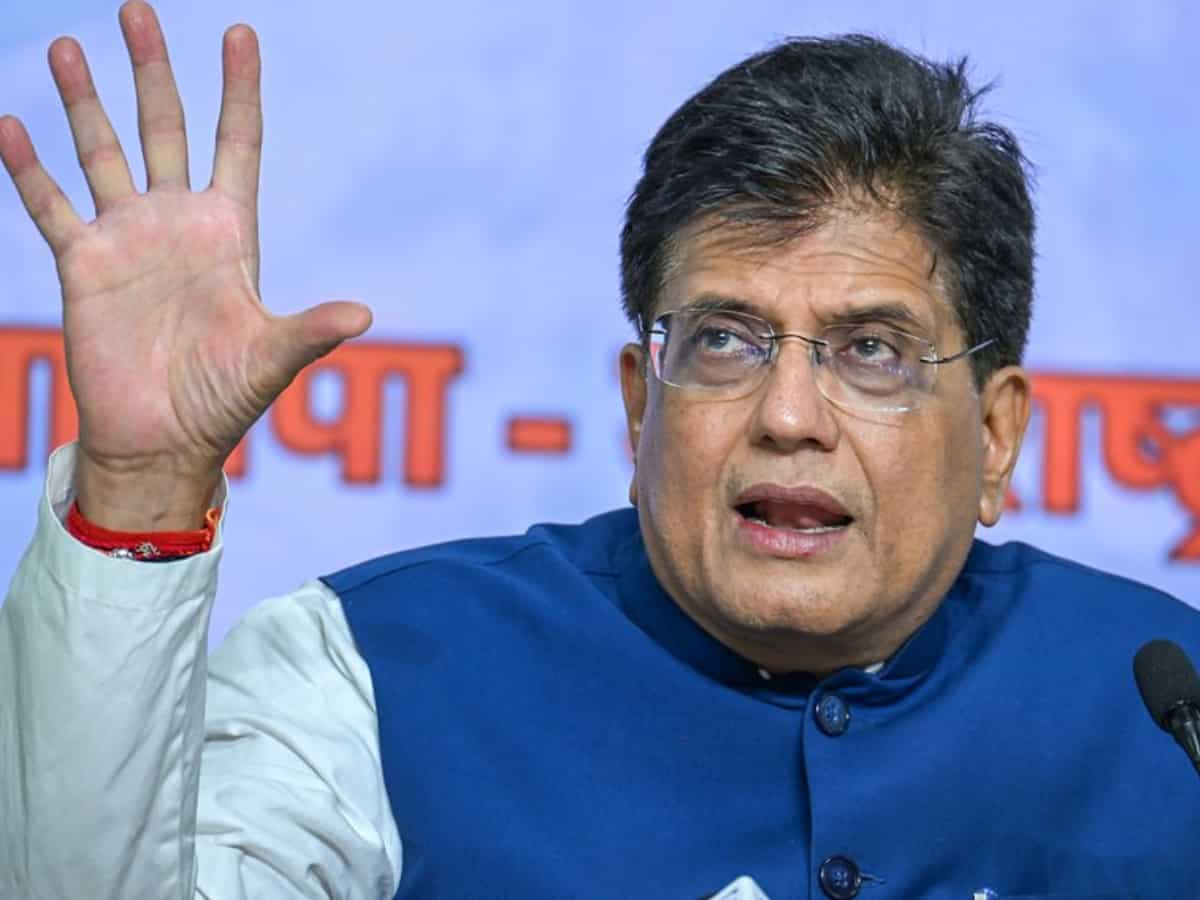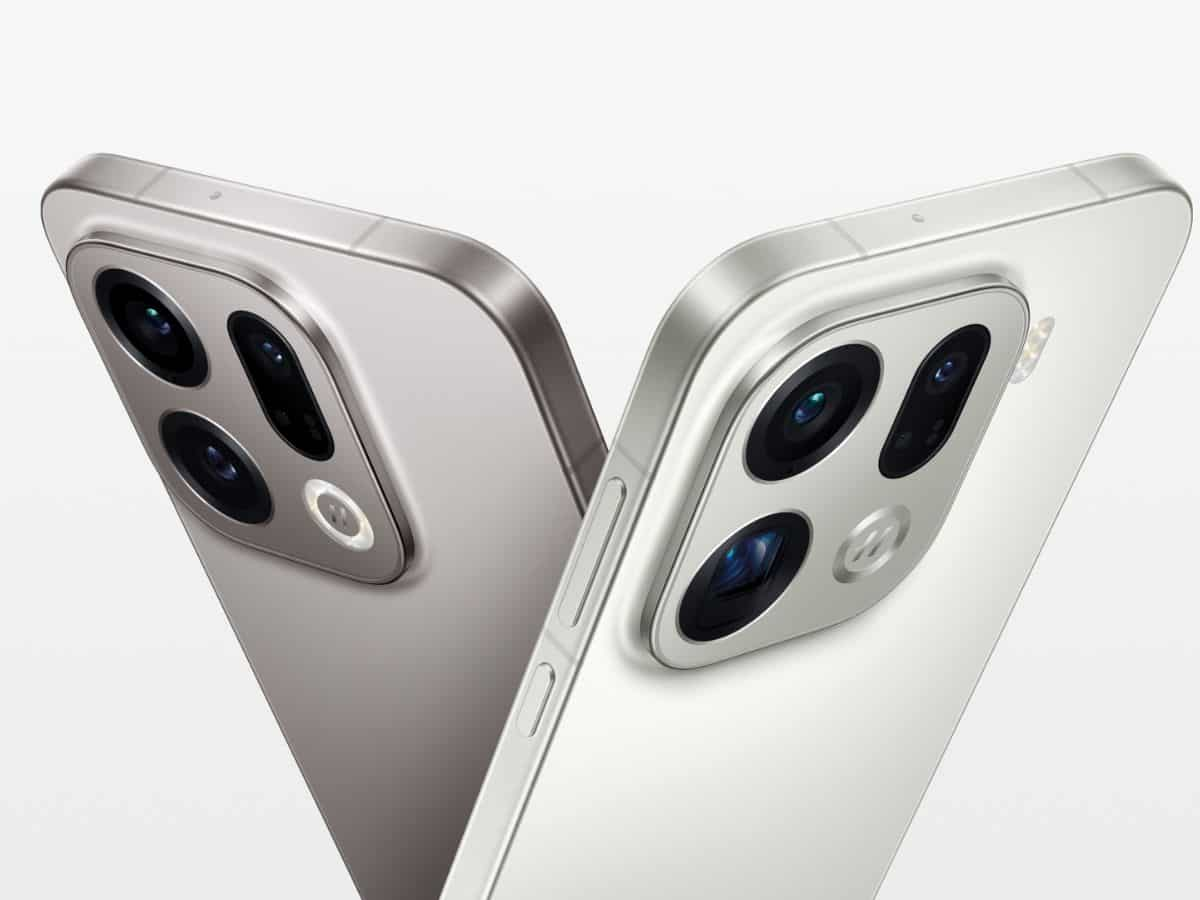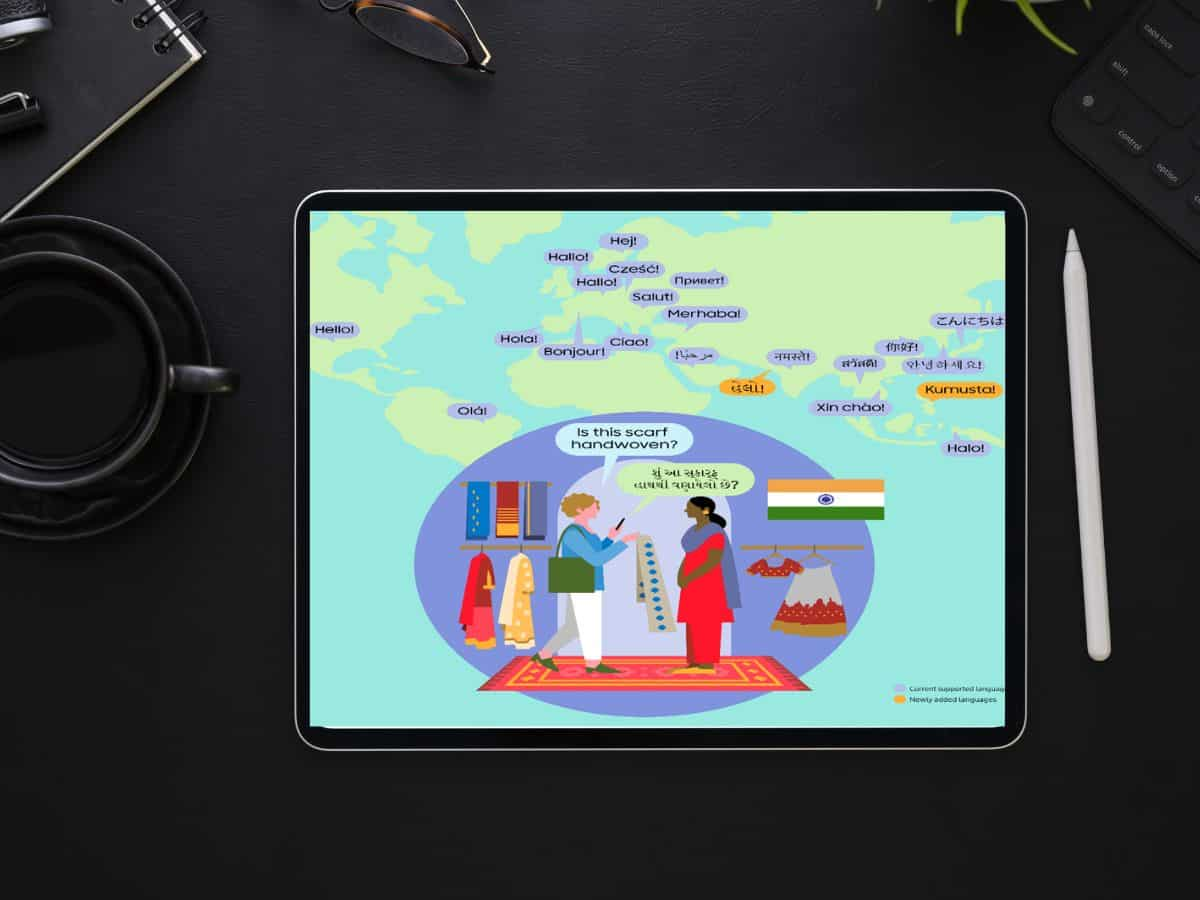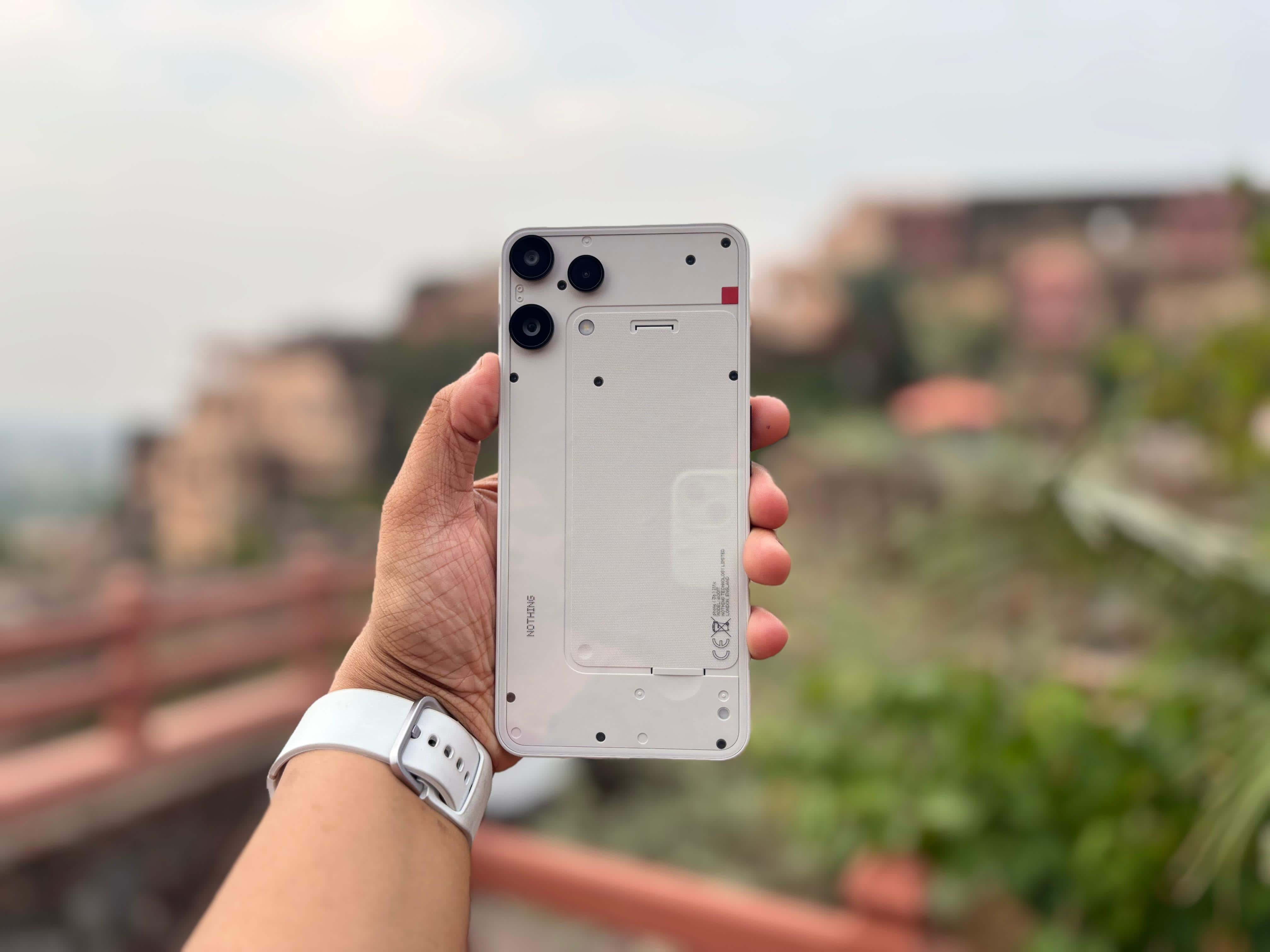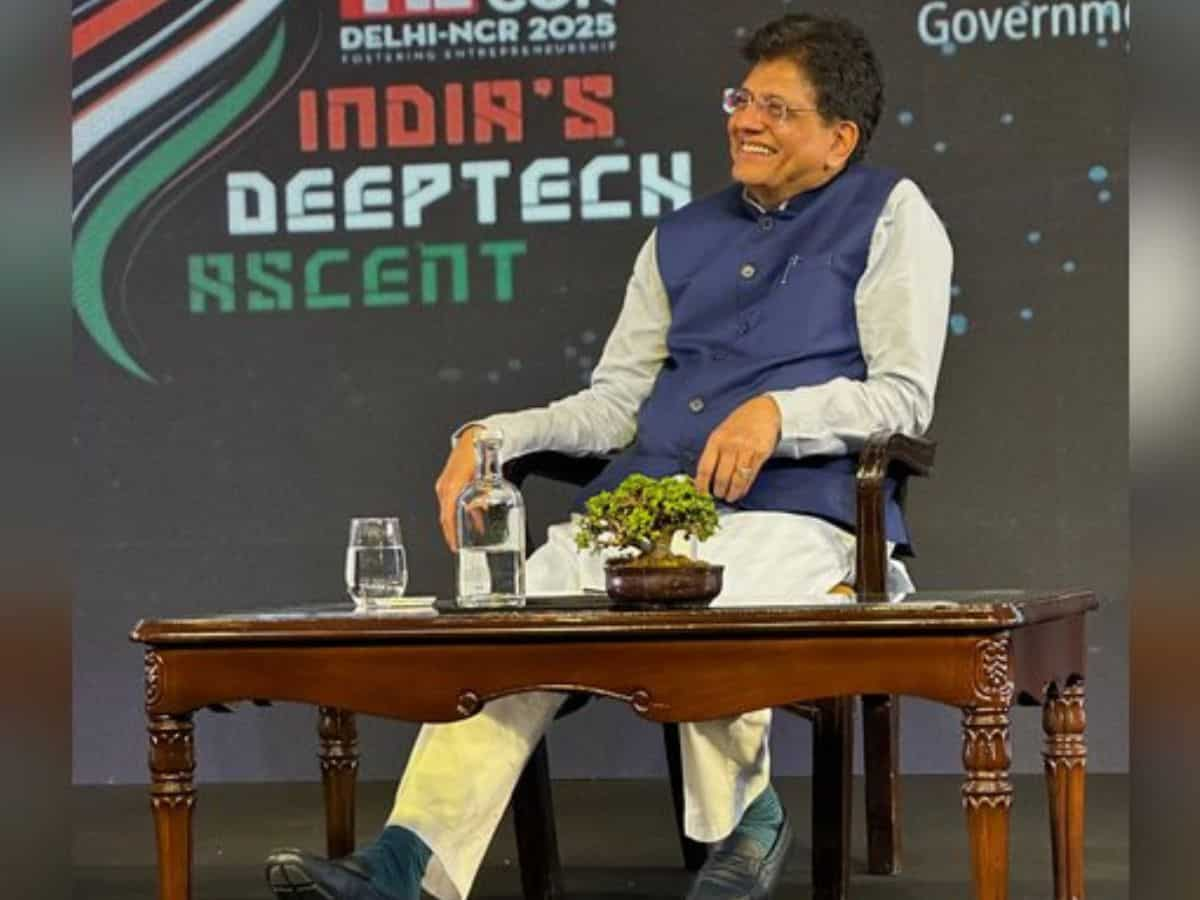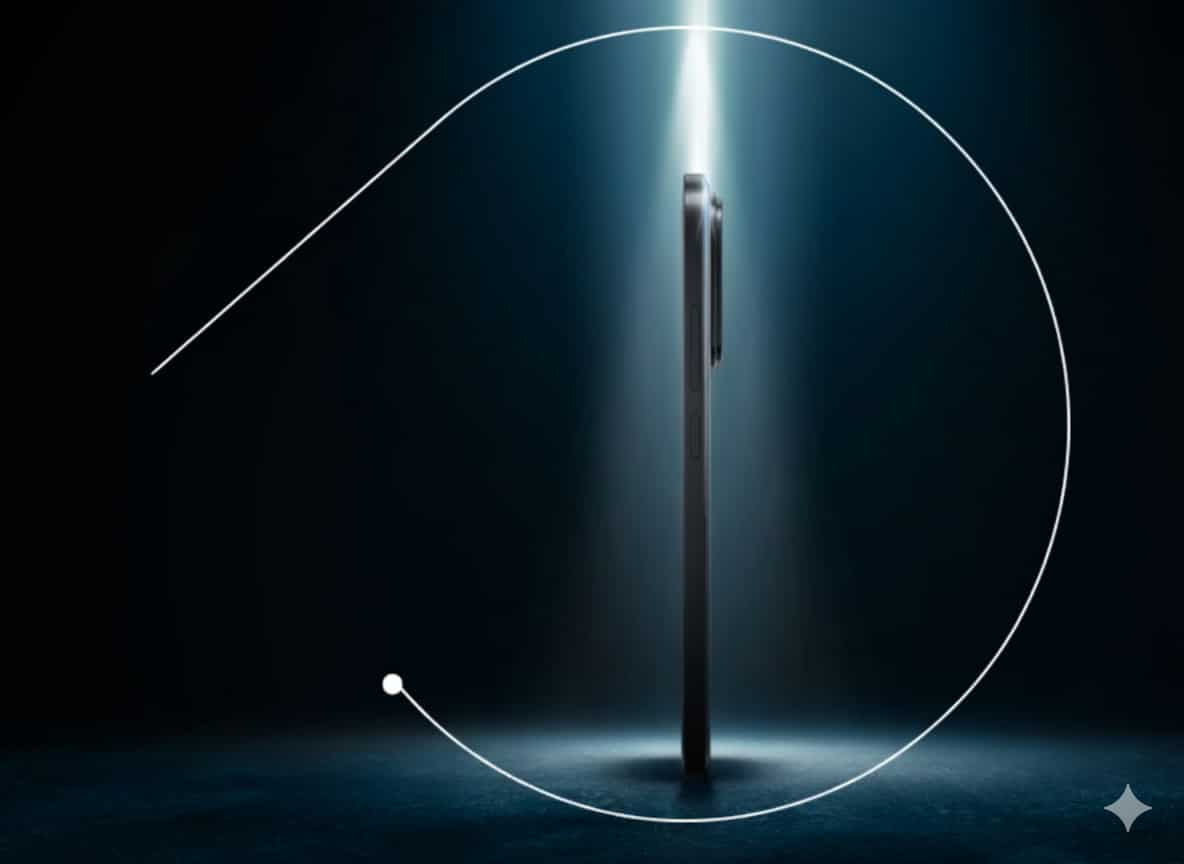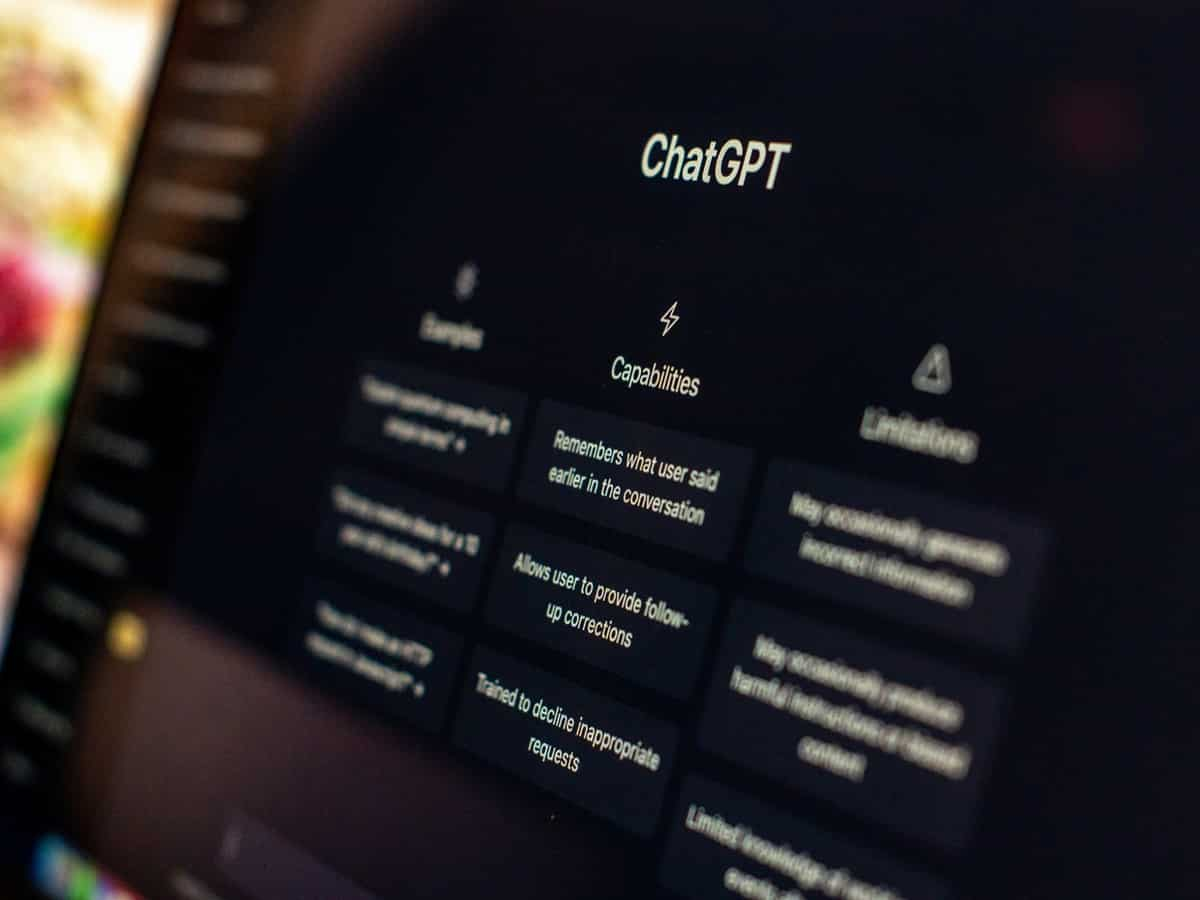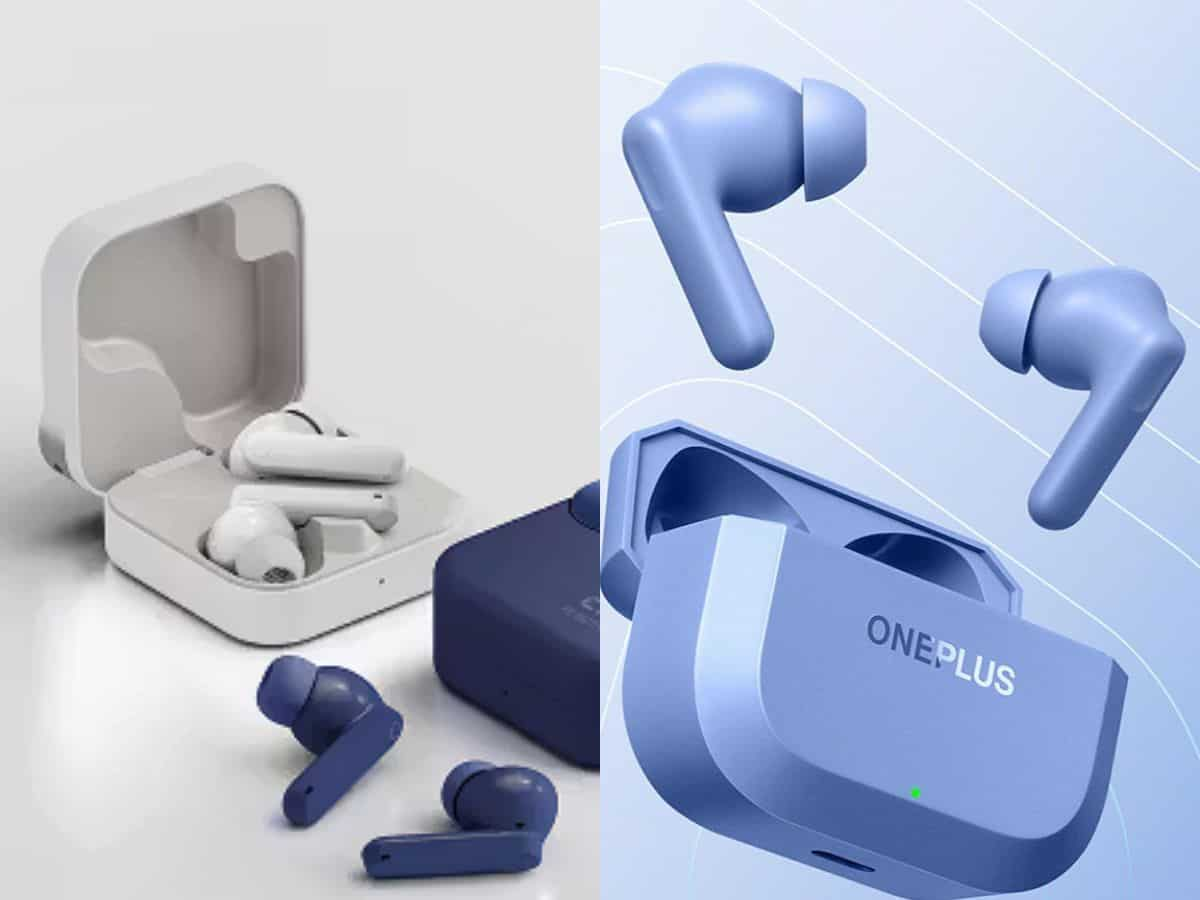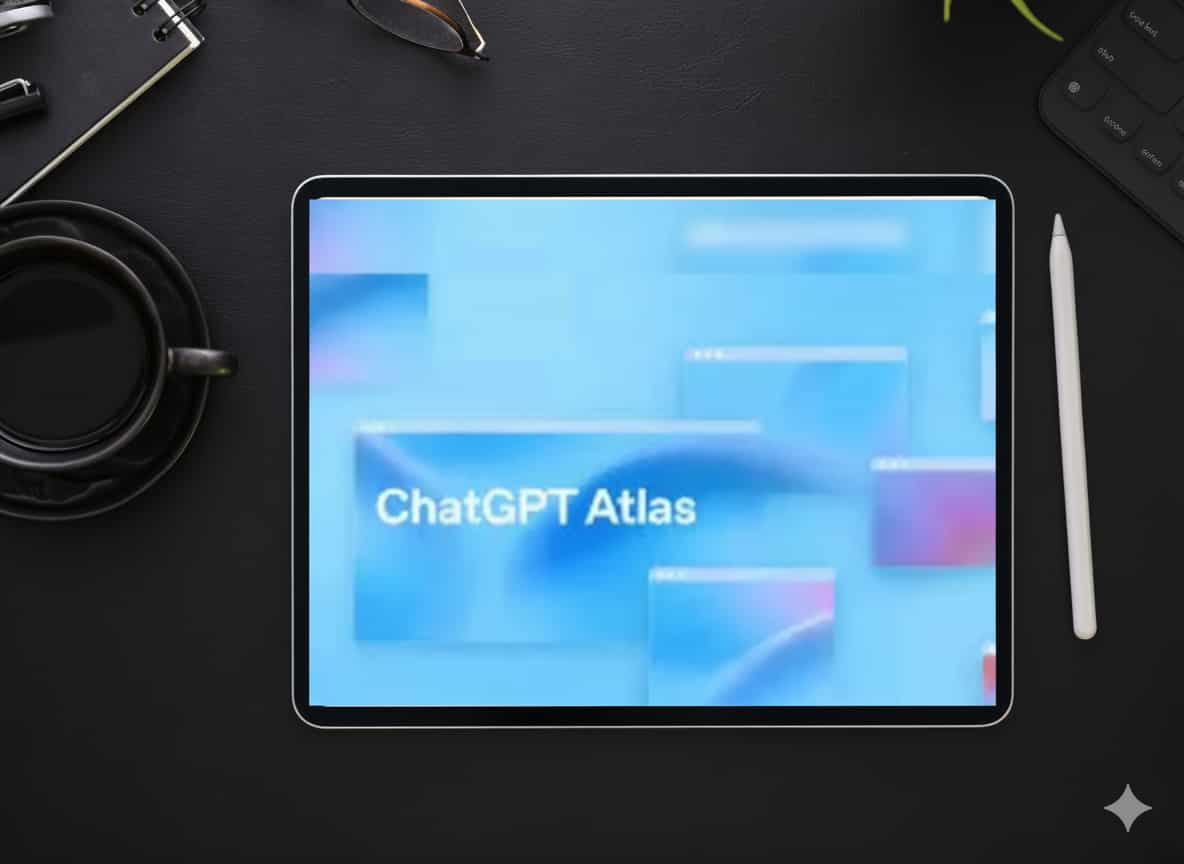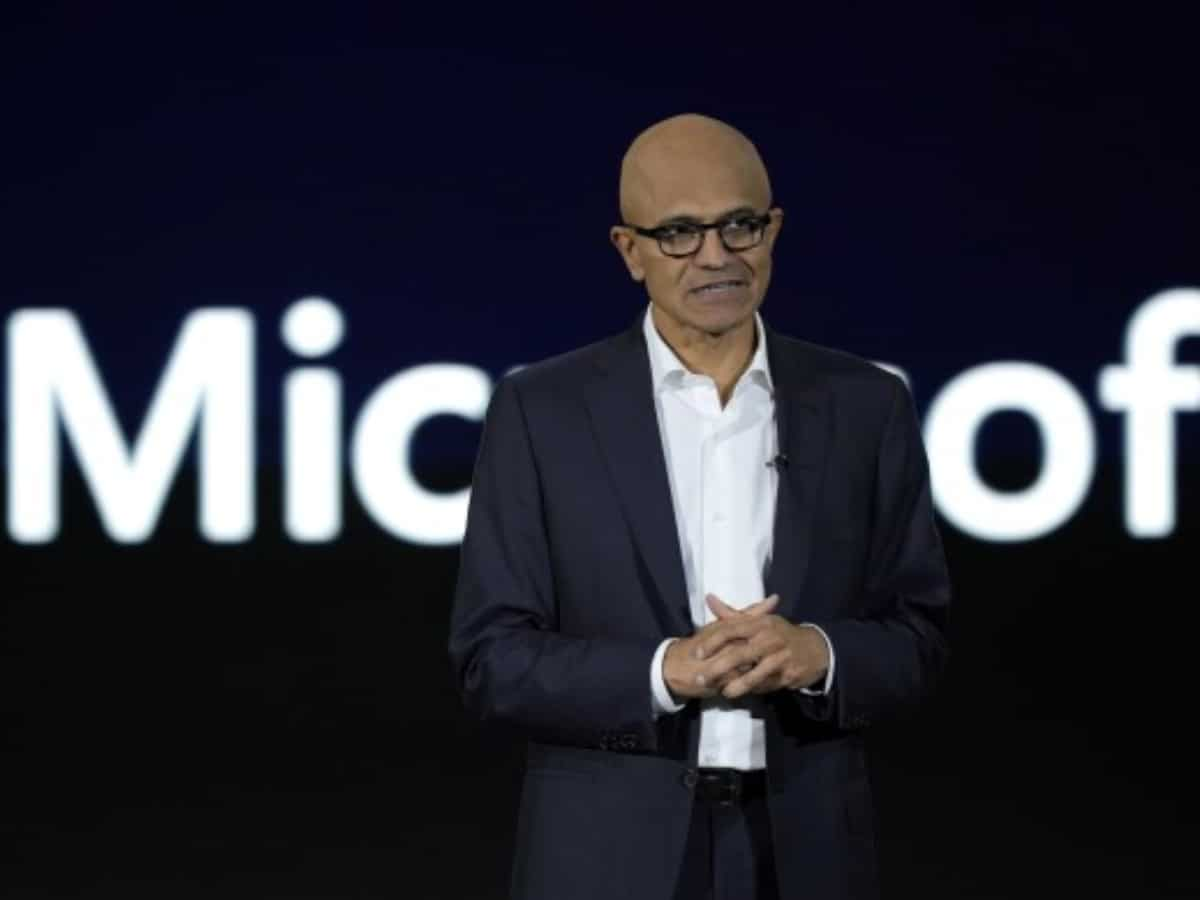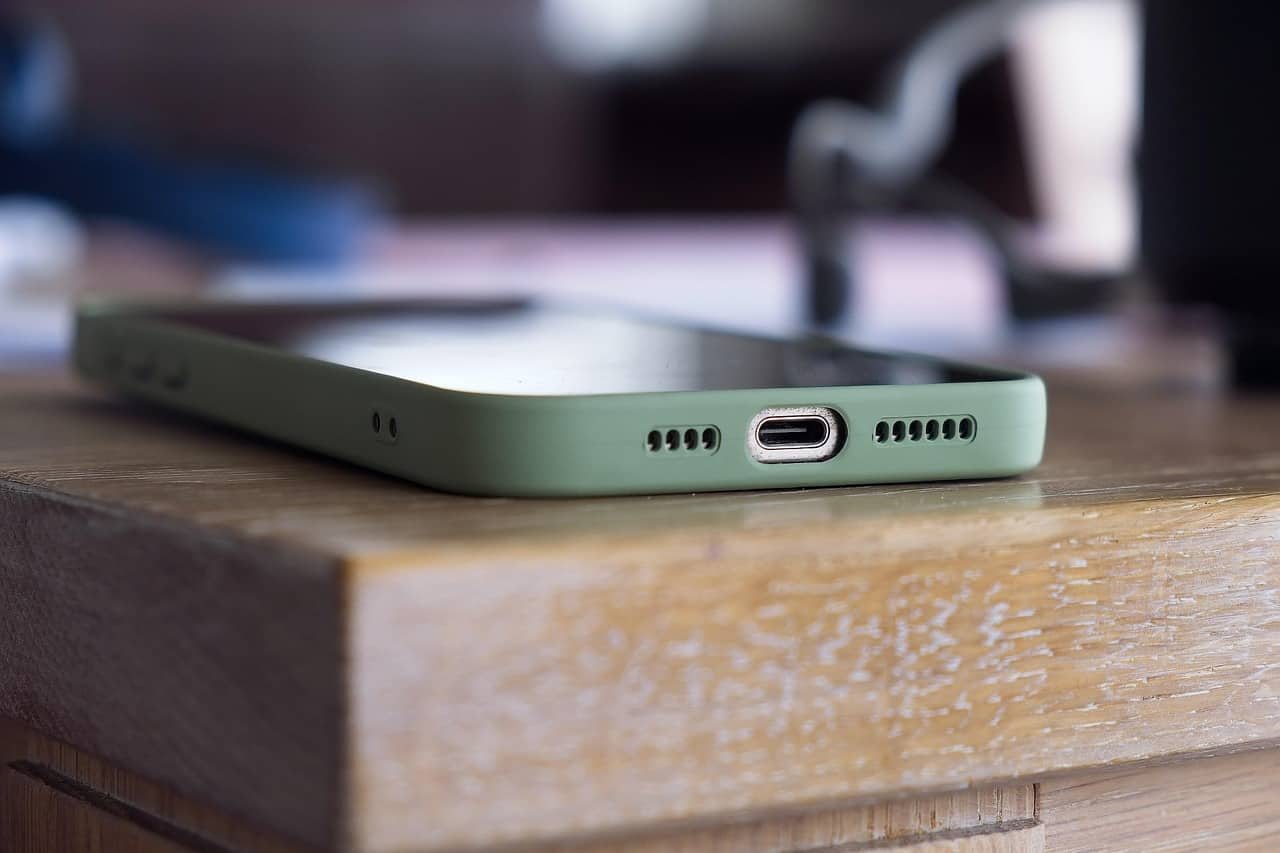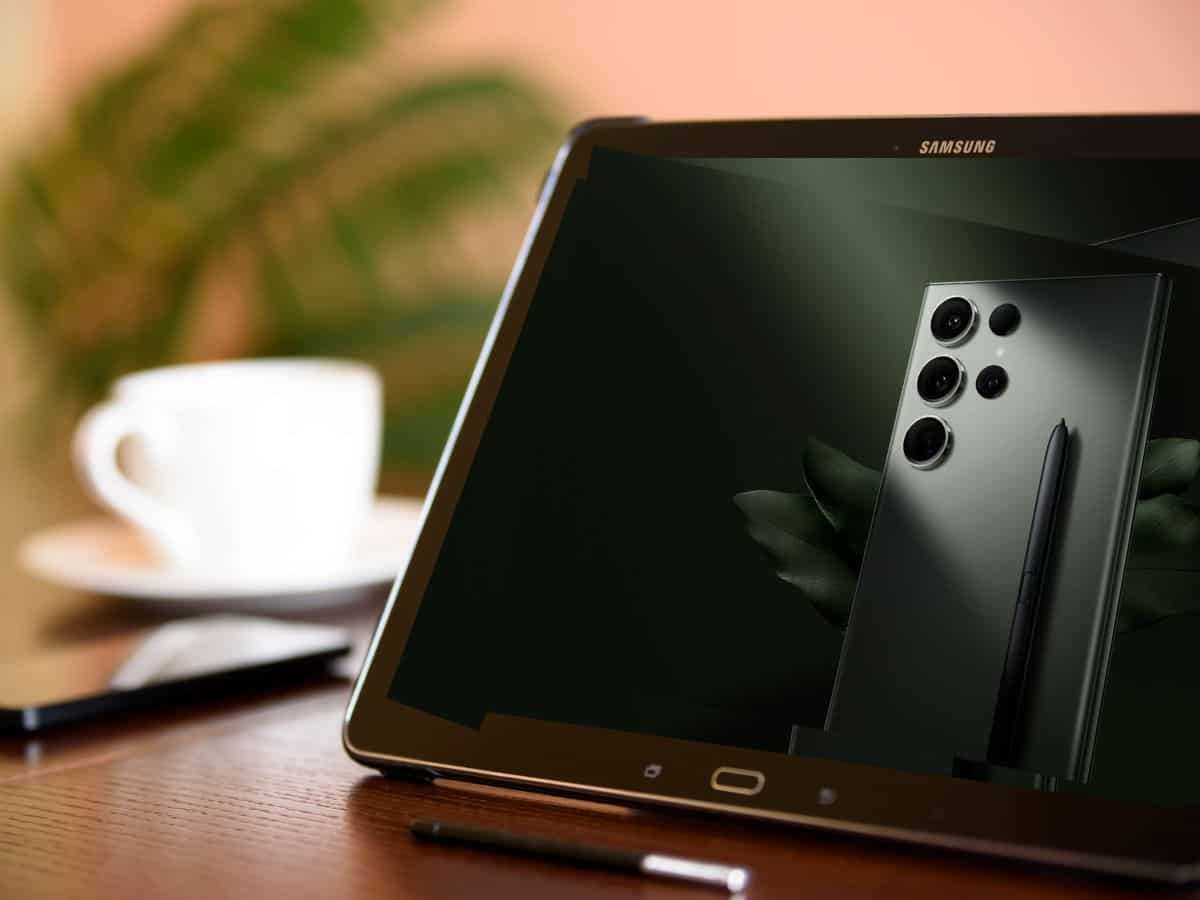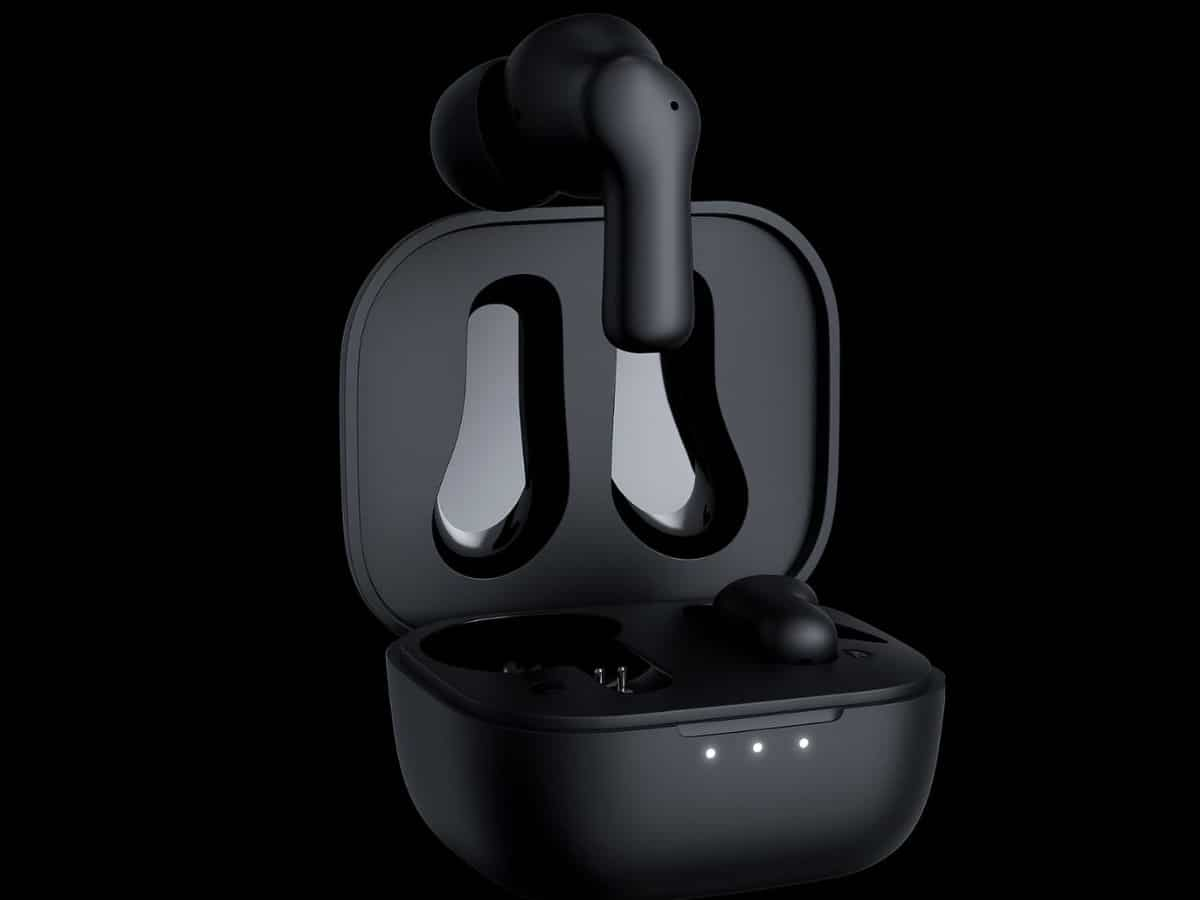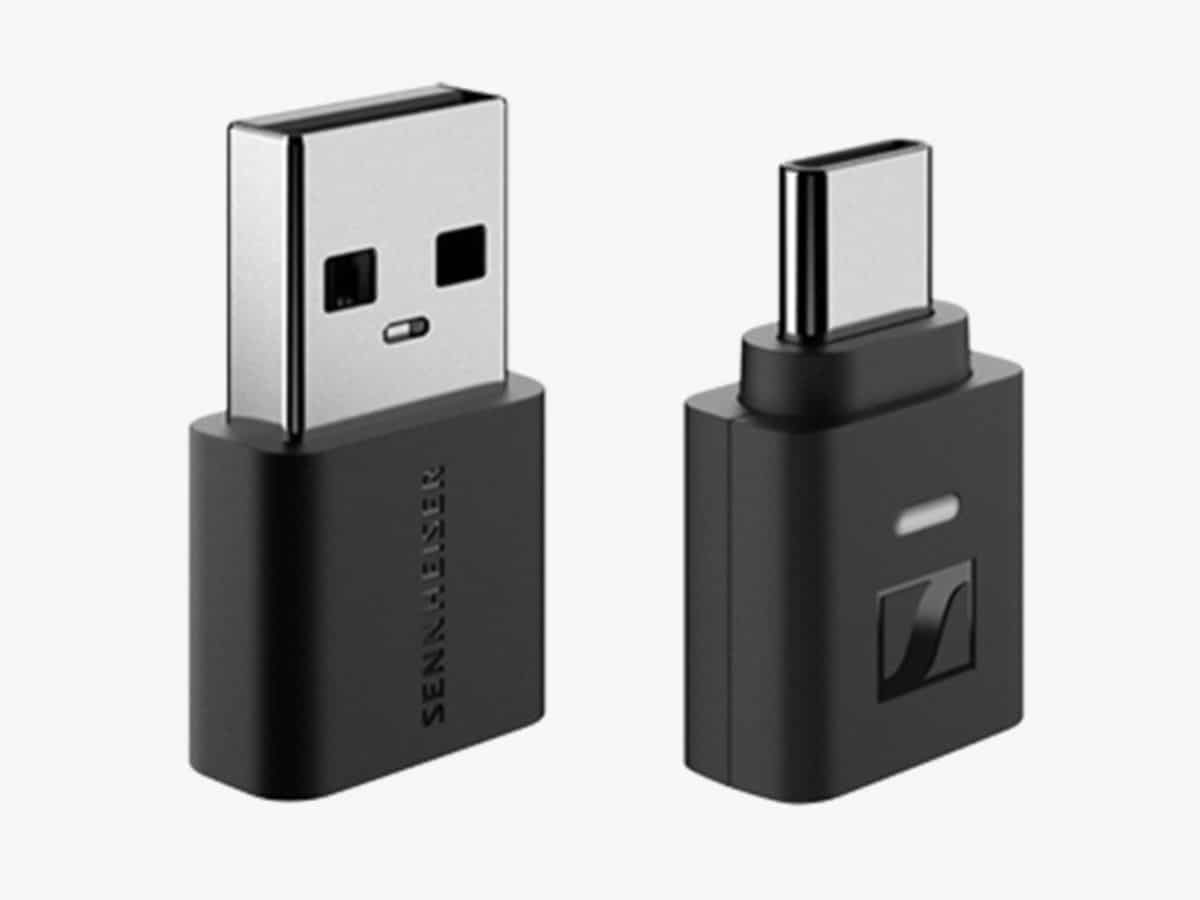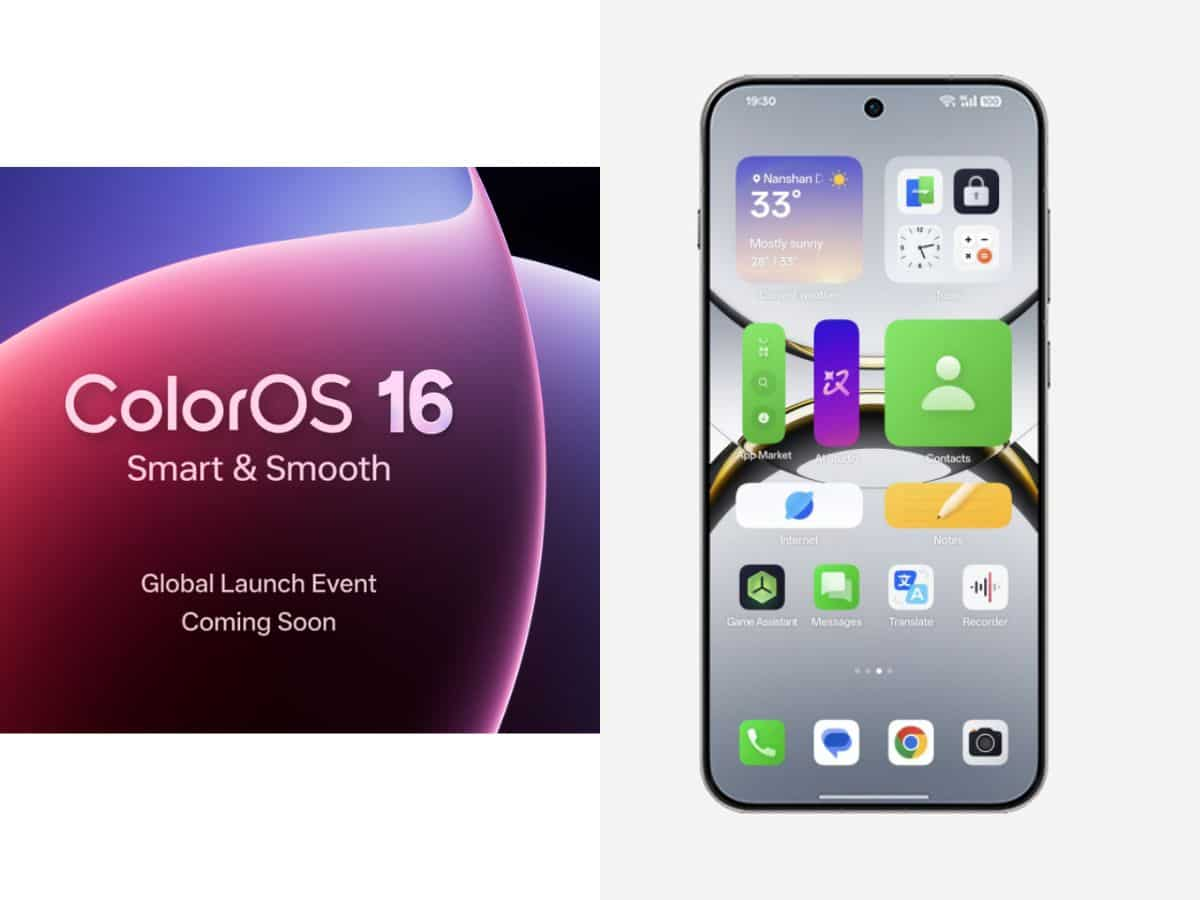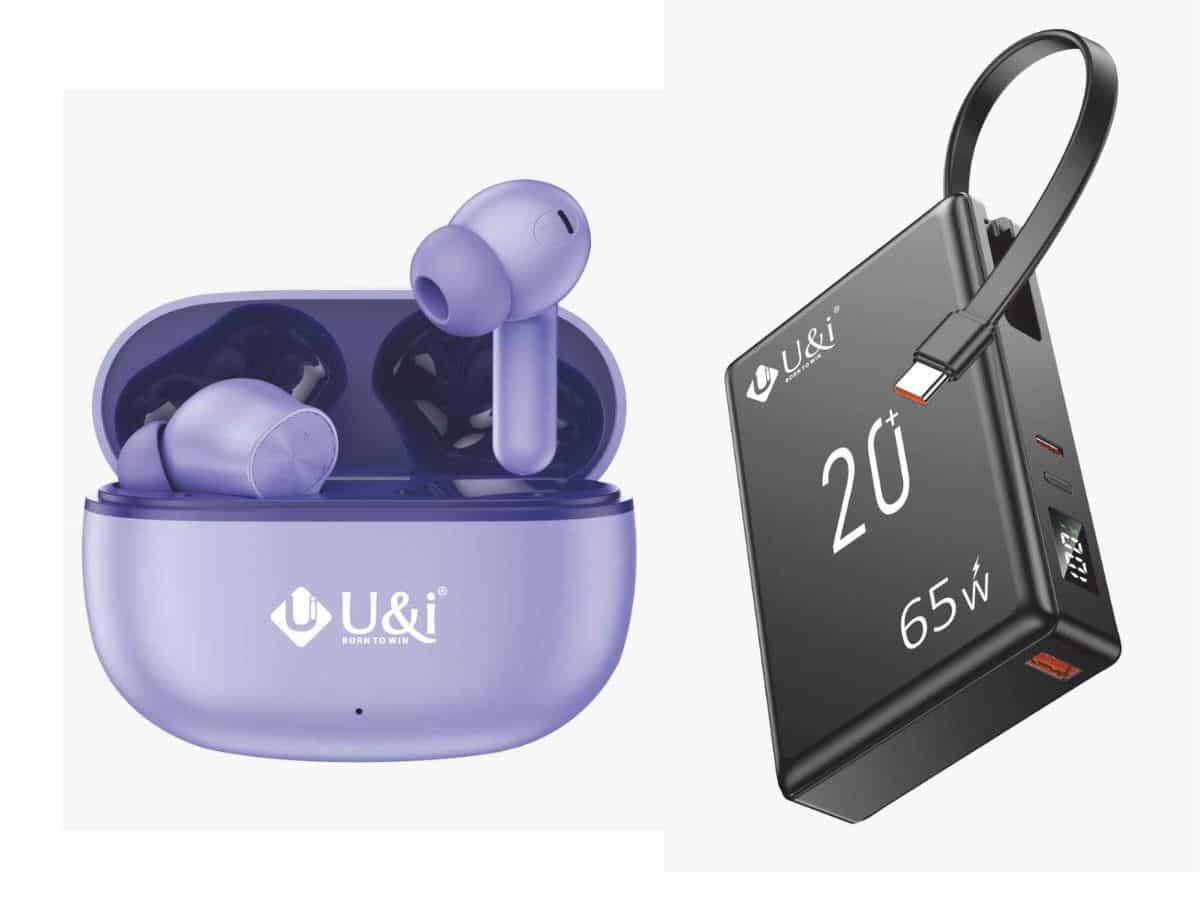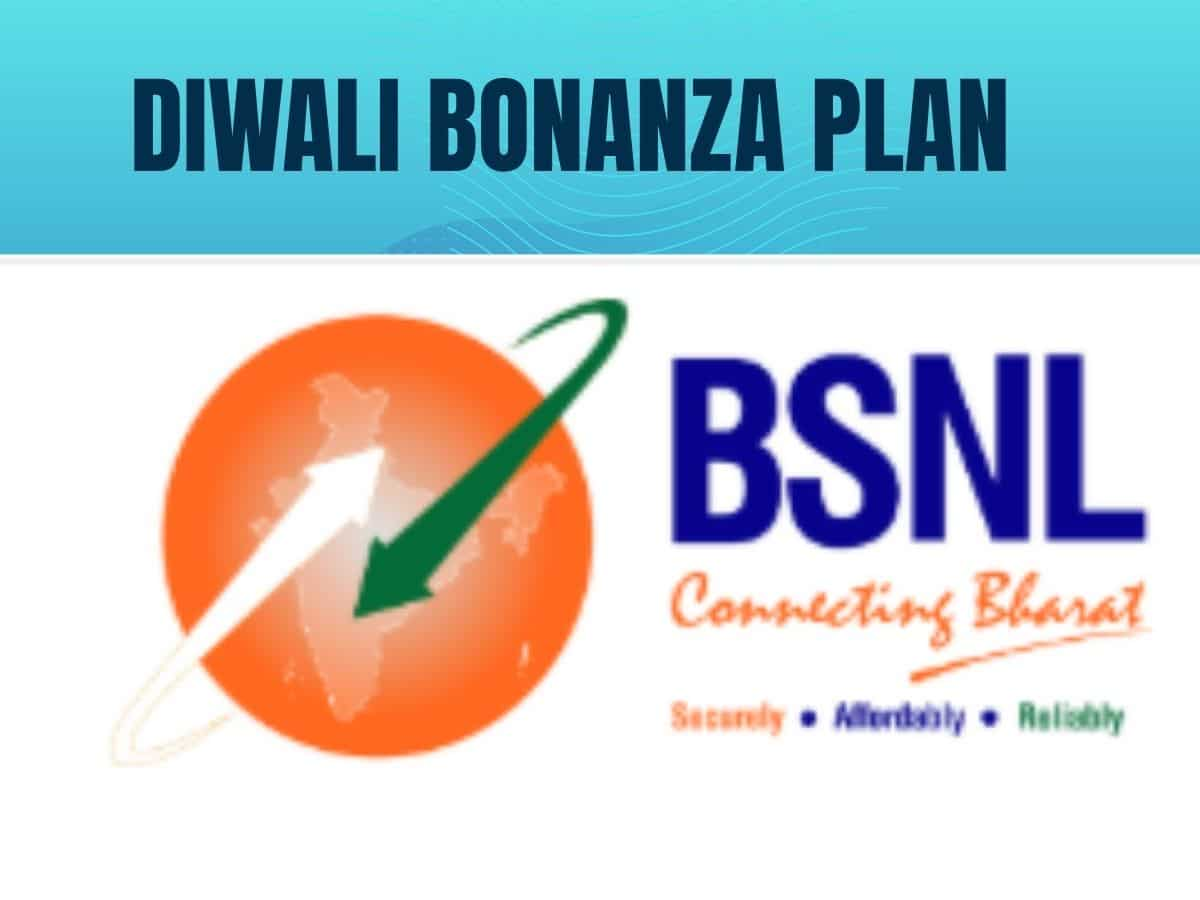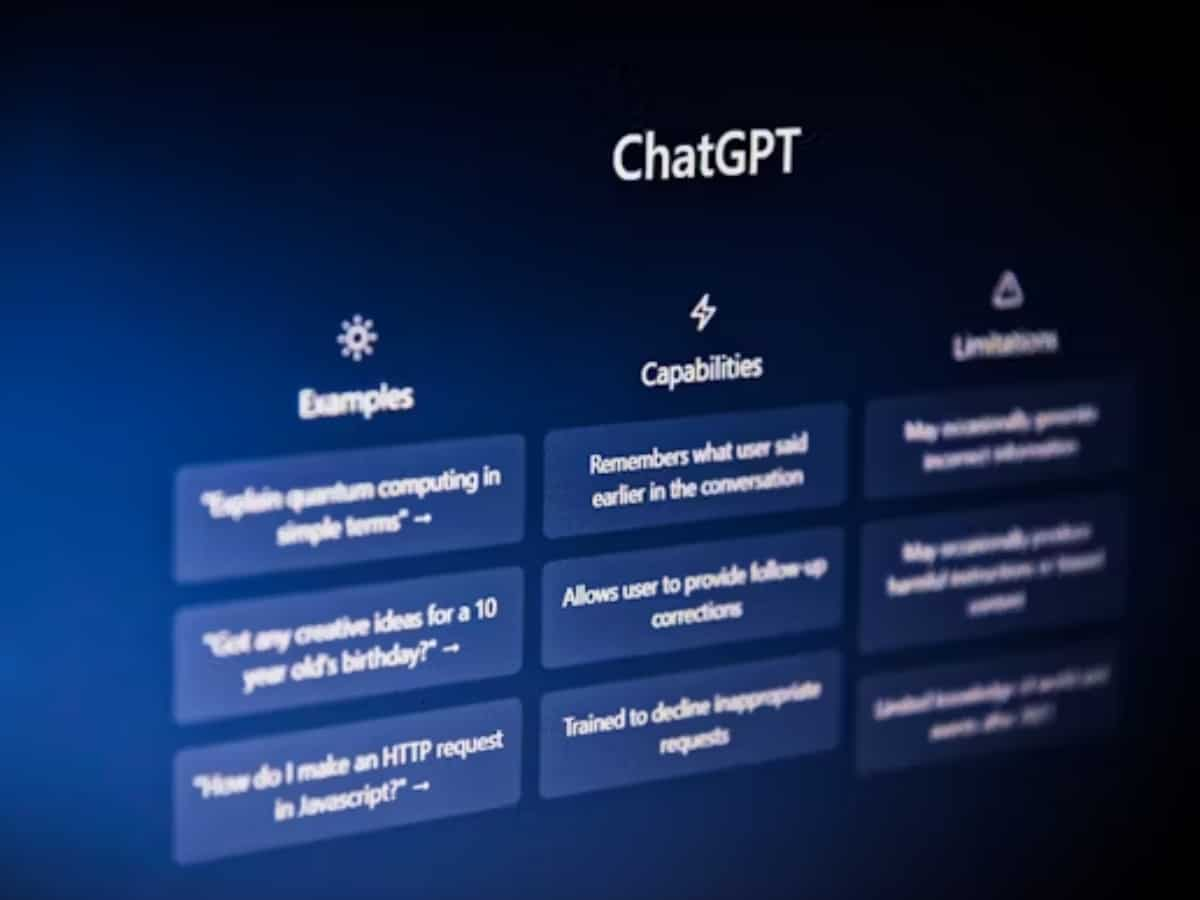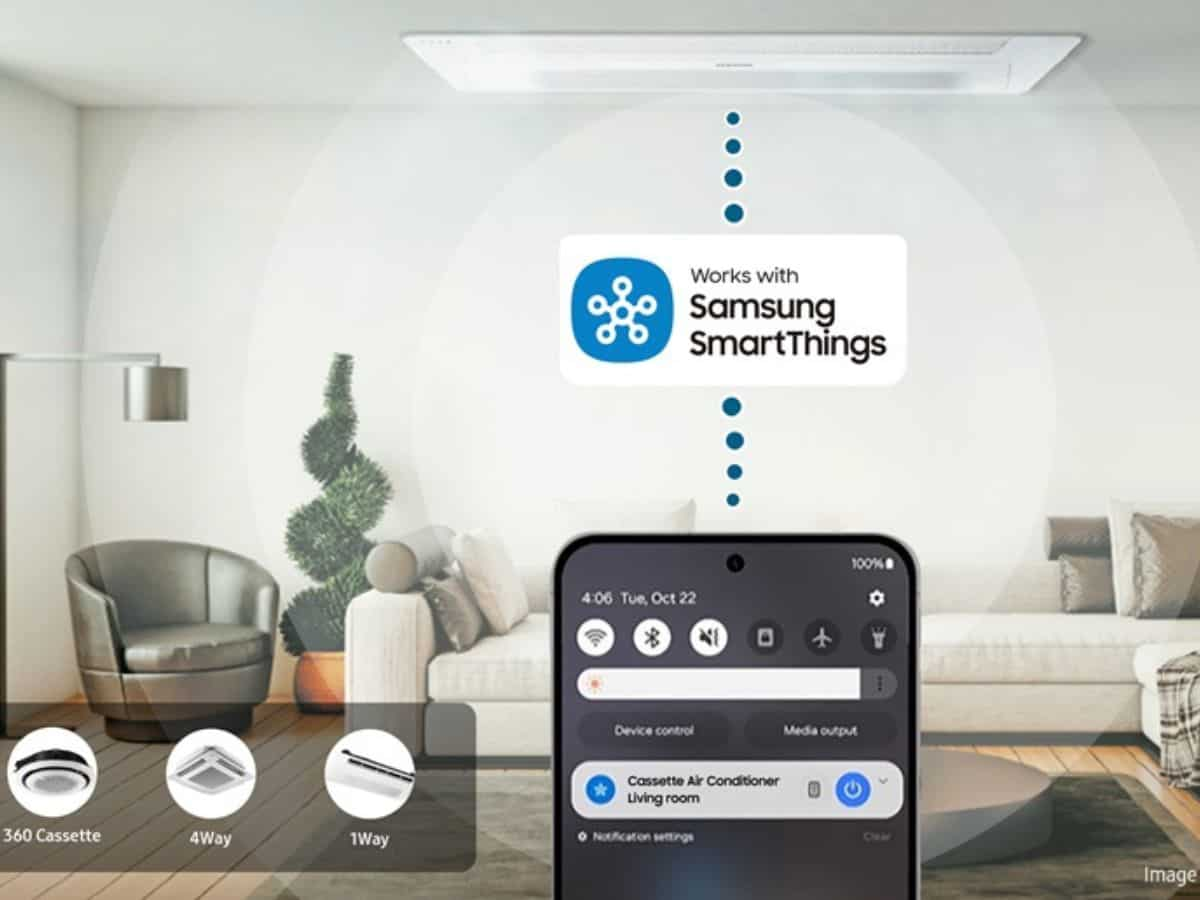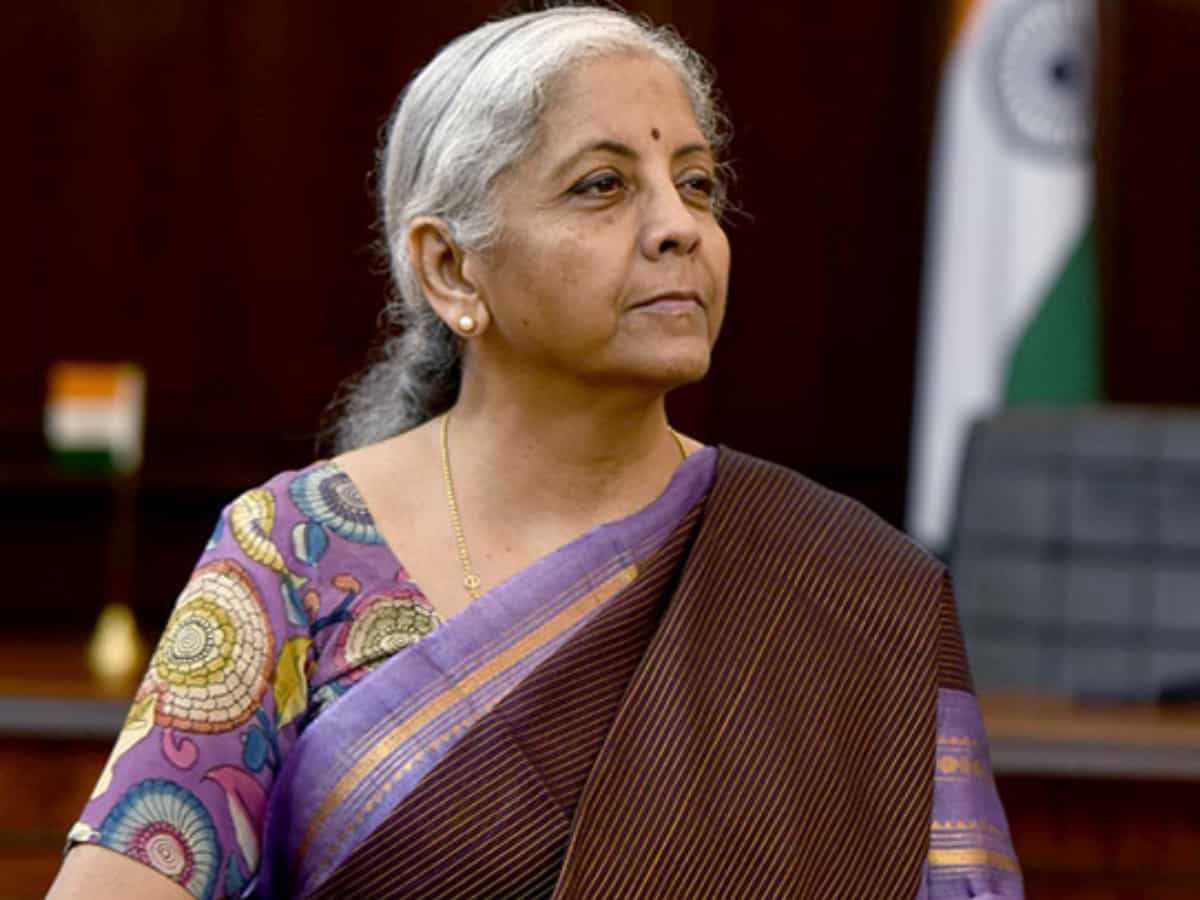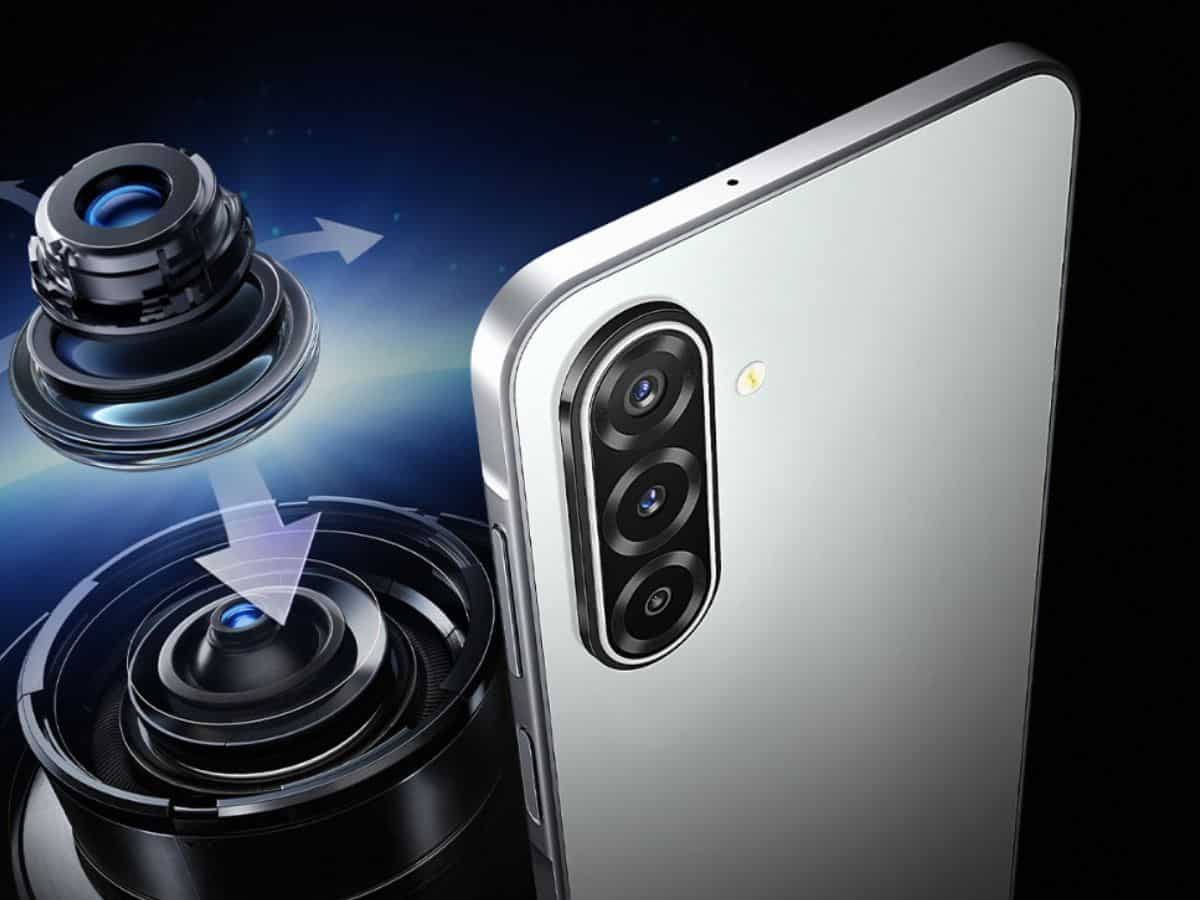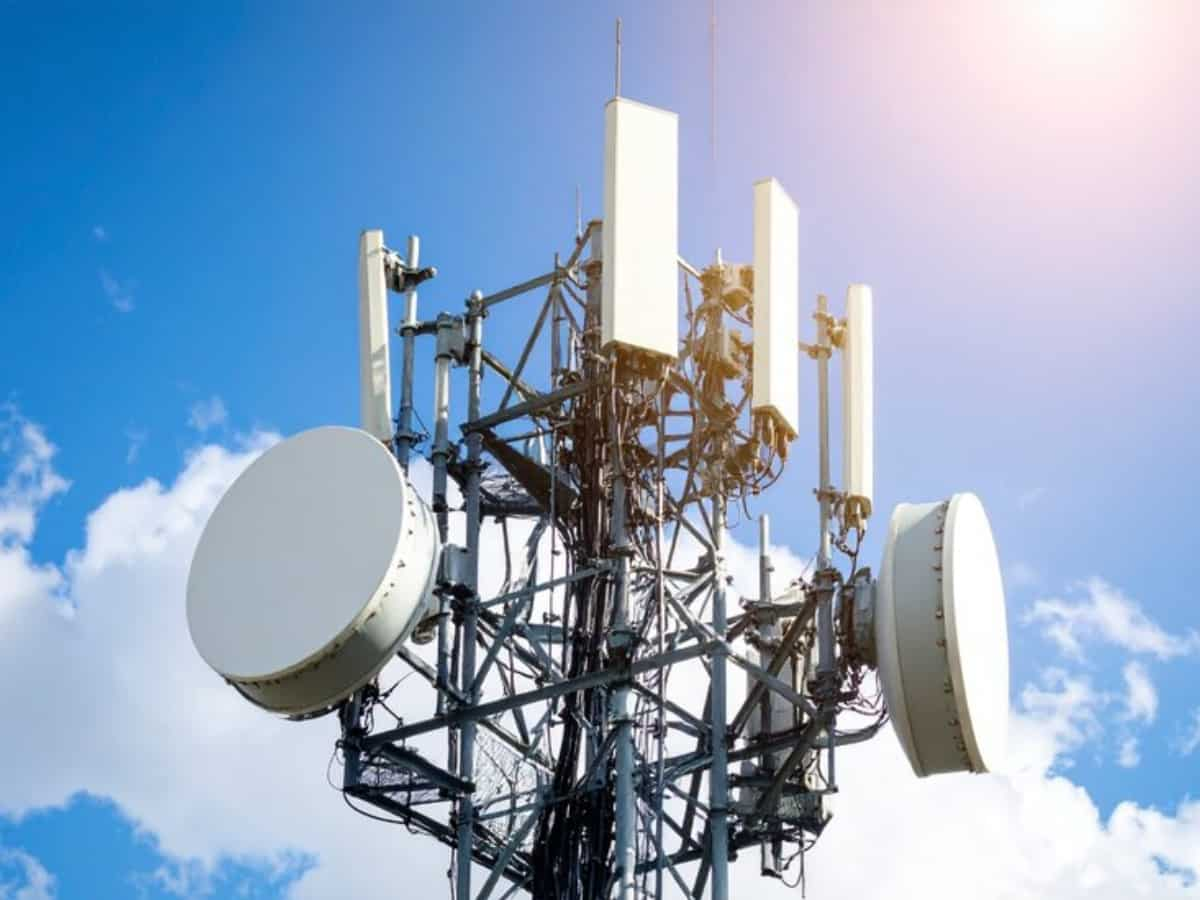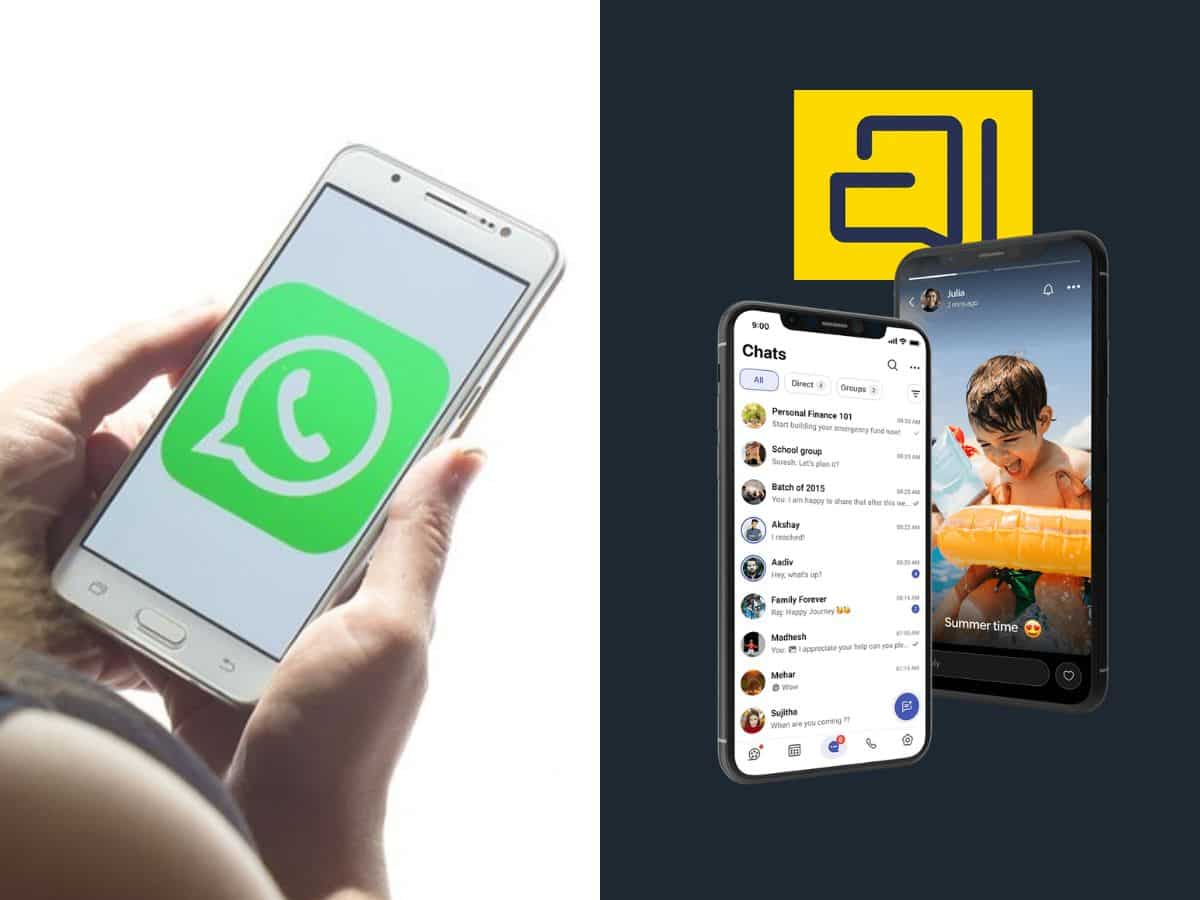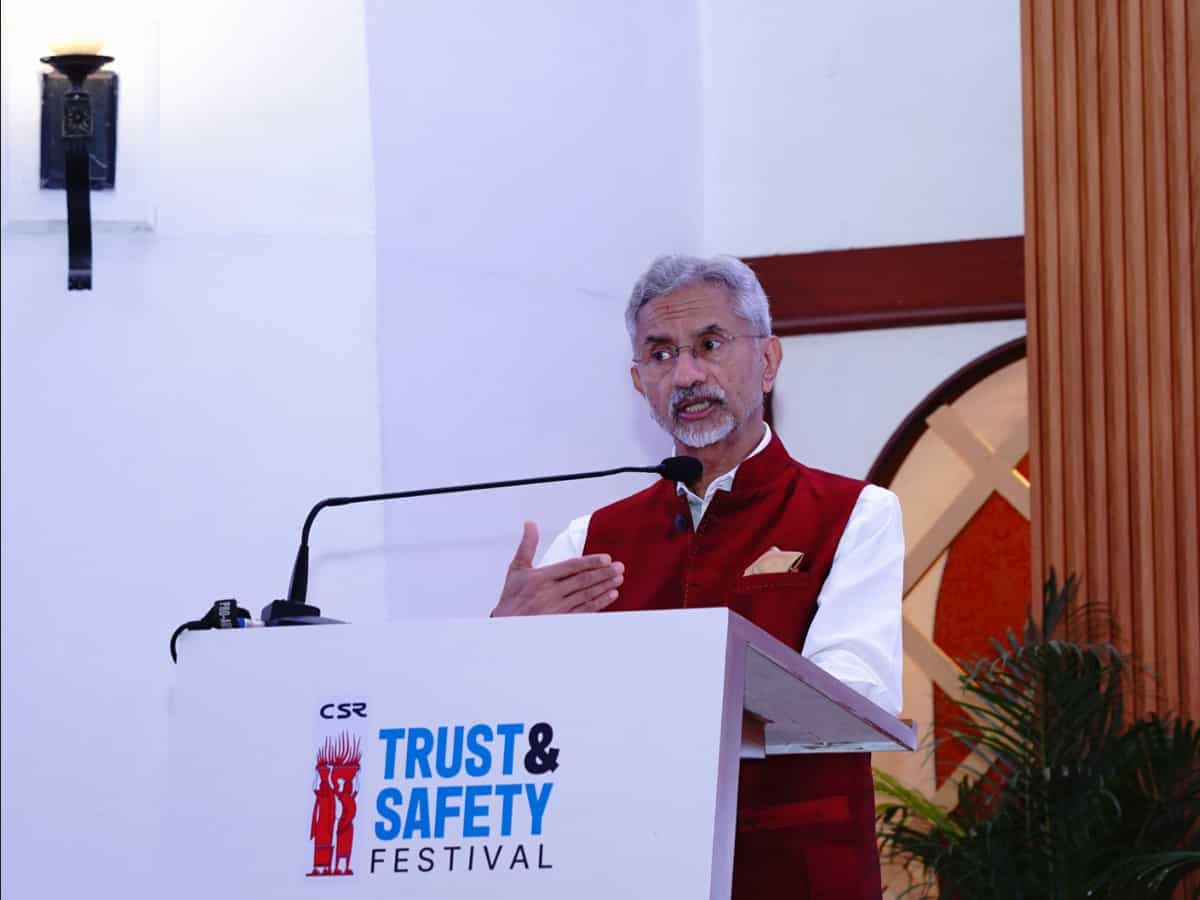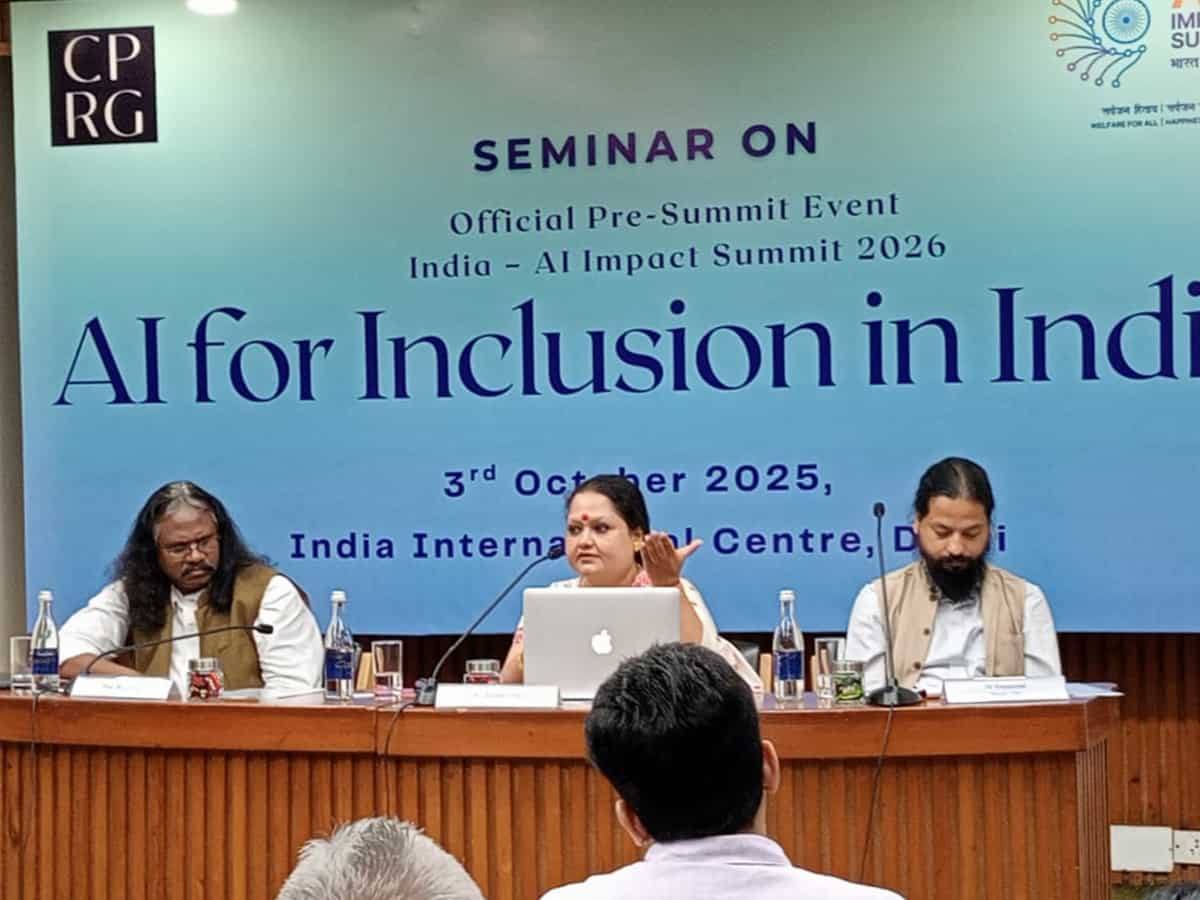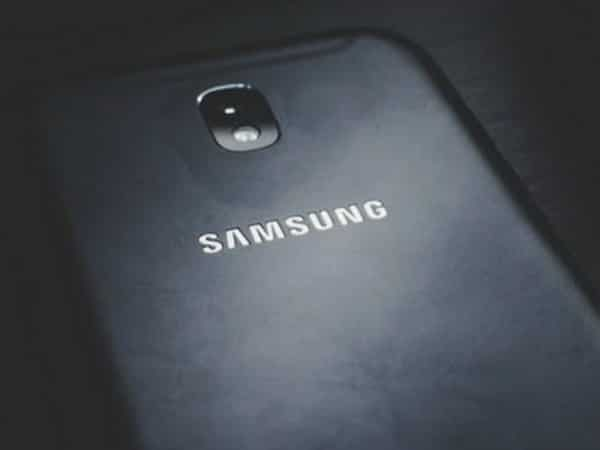
Soon, you may be able to see the names of unknown callers on your 4G or higher smartphones. According to the Department of Telecommunications (DoT), telecom operators in the country have successfully completed nationwide trials of a calling name presentation (CNAP) service for 4G and newer networks. The service, according to the telecom department, can be rolled out immediately.
What is this caller ID feature all about?
The move is aimed at enabling users to identify their callers. Currently, third party apps provide caller ID services for smartphones.
The telecom department has agreed to recommendations in this regard by regulator TRAI. It has also directed telecom companies to start the service in at least one circle within the next week.
The development is set to put an end to fake and unsolicited calls, empowering the mobile user. Using this feature, 4G and 5G mobile users will be able to decide whether to connect with an unknown caller.
Here’s a summary of TRAI’s key recommendations:
Introduction of CNAP Service
- Calling name presentation service should be introduced in India
- All telecom operators must provide CNAP to subscribers by default (users can opt out)
- The calling name (CNAM) must be supplied by the originating operator
- The definition of Calling Line Identification (CLI) in telecom licenses should be amended to include the caller’s name
- Subscribers who have opted for calling line identification restriction (CLIR) should have their names withheld
- CNAP to be deployed first on 4G and higher networks
- Each operator must maintain a database mapping subscriber numbers to names
- When a call is received, the terminating network will fetch the caller’s name from the originating network’s database
- The service will later expand once circuit-switched networks (2G/3G) are phased out
- A trial rollout should be done in one service area (circle) before pan-India implementation
- Trials for 4G and above have already been completed successfully
- The government should ensure that all new mobile devices sold after six months of notification support CNAP display capability
- This aspect will be coordinated with the Ministry of Electronics and IT (MeitY)
- Telecom licences should include a clause mandating CNAP service provision as per DoT/Trai guidelines
- TRAI reaffirmed that CNAP is a supplementary service, consistent with global telecom standards (ITU, ETSI)
Doonited Affiliated: Syndicate News Hunt
This report has been published as part of an auto-generated syndicated wire feed. Except for the headline, the content has not been modified or edited by Doonited




